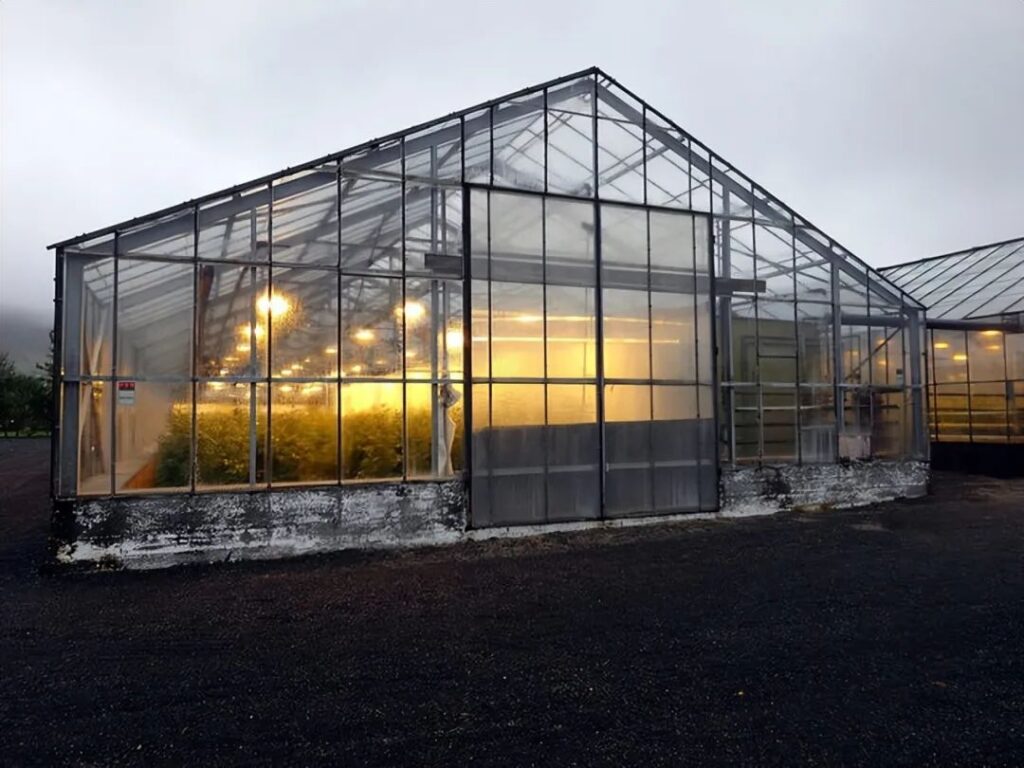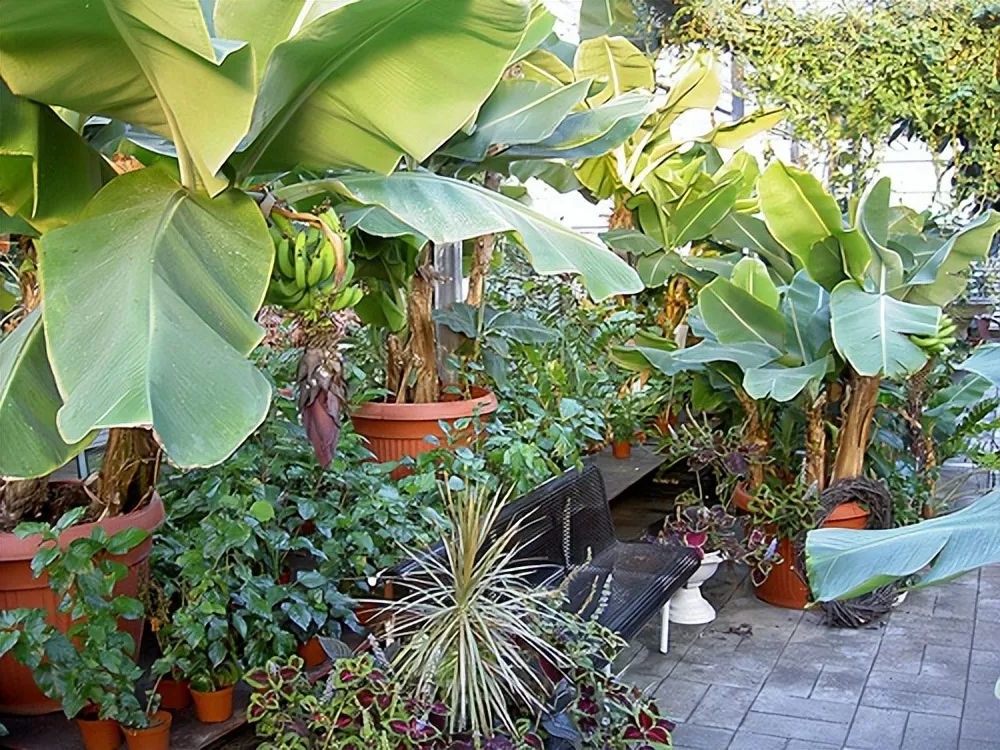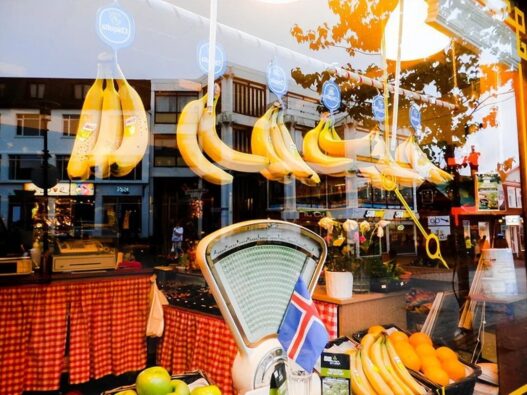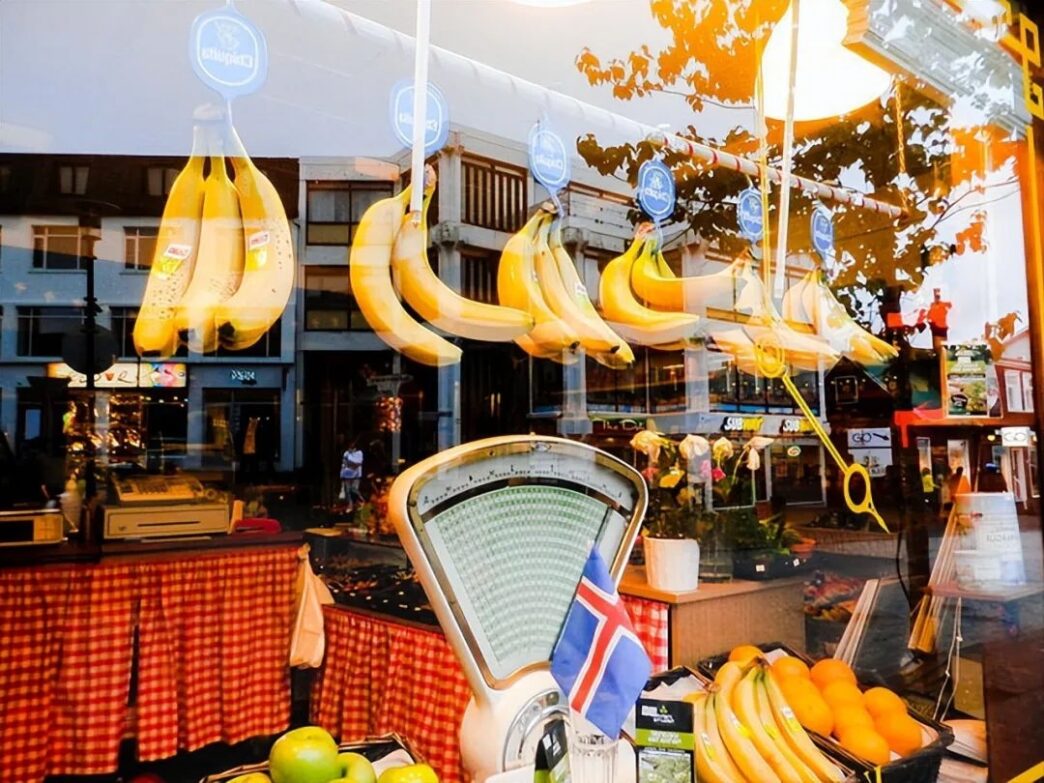Bananas are one of the world’s most popular fruits. This curved yellow fruit is rich in starch, potassium, and various minerals. It helps the body maintain hydration, regulate the transport of nutrients and waste, and may even reduce the risk of kidney stones and certain cancers.
Aside from their nutritional value, bananas are a convenient source of energy. They are quick and easy to eat. That’s why over 107 countries grow and produce bananas, making them the fourth most valuable food crop worldwide.
As a tropical fruit, bananas mainly grow in regions close to the equator. India is the world’s largest banana producer, followed by China and the Philippines. In contrast, countries like France (specifically Martinique and Guadeloupe), Spain (Canary Islands), and Portugal produce far less.

Iceland’s Strange Attempt to Grow Bananas
Iceland is a volcanic island located in the North Atlantic, about 190 miles east of Greenland and 560 miles west of Norway. After World War II, Iceland, famous for its desolate landscapes, majestic waterfalls, glaciers, rivers, deserts, and hot springs, made an unusual attempt. The country tried to become a banana producer and exporter.
Banana cultivation in Iceland began in 1941. The government aimed to diversify the economy to reduce reliance on fisheries, tourism, and aluminum. Iceland utilized its abundant geothermal resources and cheap electricity to grow fruits and vegetables, including bananas, in greenhouses. These greenhouses were heated by volcanic heat, and artificial lighting was used during the winter months. At the time, due to high import tariffs on food and fruit, Icelandic bananas were competitive in the market. In the early 1950s, Icelanders even consumed locally grown bananas.

The Challenges and Setbacks
However, Iceland’s climate posed a significant challenge to banana growth. While bananas take just a few months to mature in equatorial regions, it took nearly two years for them to ripen in Iceland. By 1959, the Icelandic government removed import tariffs on fruit. As a result, locally grown bananas lost their competitive edge and completely disappeared from the market. Since then, Iceland’s bananas have almost entirely been dependent on imports, with an average per capita import volume of over 40 pounds annually.
Despite this, the Agricultural University of Iceland still maintains a small banana plantation in a greenhouse south of Reykjavik. Around 600 to 700 banana trees are planted there, producing only 0.55 to 2.2 tons of bananas per year. These bananas are mainly for research purposes, not commercial use.

A Myth About Iceland’s Banana Production
There is a widely spread myth that Iceland is the largest banana producer or exporter in Europe. This claim appears in movies, books, and even TV shows, but it is far from the truth.
Iceland’s bananas do have a unique advantage. Due to being isolated for over 60 years, they have remained free from plant diseases, especially the Panama disease that currently threatens global banana plantations. This fungal disease poses a serious threat to the dominant Cavendish banana variety.
Iceland’s Role in the Future of Bananas
In the worst-case scenario, if a global banana supply crisis occurs due to the Panama disease, Iceland might play a crucial role because of its isolated environment. Guðbjörg Helgadóttir, the head of the Reykjavik research station, humorously remarked: “Who knows? Maybe we hold a very valuable resource.”



















